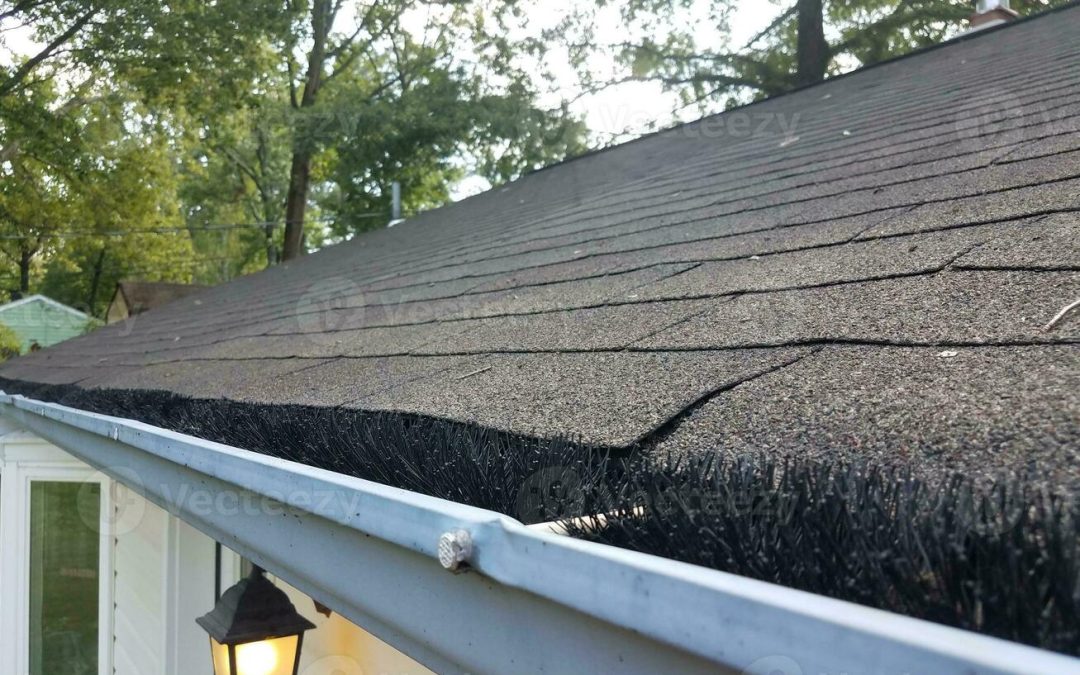Common Pitfalls in Filing Roofing Insurance Claims in Northern Virginia
Filing an insurance claim for roofing damage in Northern Virginia can seem straightforward, but there are several common pitfalls that homeowners often encounter. These mistakes can result in delayed claims, reduced payouts, or even claim denial. At Gutter Ethics, we understand the process and want to help homeowners avoid these issues to ensure they receive the compensation they deserve. Here are the most common pitfalls to avoid when filing a roofing insurance claim.
1. Not Understanding Your Policy’s Coverage
One of the biggest mistakes homeowners make is not fully understanding the details of their insurance policy. Not all roof damage is covered under every policy, and coverage can vary significantly between policies. Common exclusions include:
- Wear and tear: Damage caused by age or normal wear and tear is typically not covered by insurance.
- Flood damage: If your roof is damaged due to flooding, this may not be covered unless you have separate flood insurance.
- Improper maintenance: Some policies may not cover damage caused by neglect or improper maintenance.
How to Avoid This Pitfall: Review your insurance policy carefully to understand your coverage. Pay special attention to any exclusions or limitations, and contact your insurance provider if you’re unclear about any terms.
2. Failing to Document the Damage Thoroughly
Insurance adjusters require proper documentation to evaluate the extent of damage and determine how much compensation you should receive. If you fail to provide adequate evidence, it can lead to delays or lower payouts.
How to Avoid This Pitfall: Take detailed photographs and videos of the damage from different angles, showing both close-up shots of the damage and wide shots to show the full extent of the issue. If possible, capture any visible storm debris, fallen branches, or other factors that contributed to the damage.
3. Delaying the Filing of the Claim
Time is of the essence when it comes to filing insurance claims. Many insurance companies have strict deadlines for filing claims, often within days or weeks of the damage occurring. Failing to file within this window may result in a denied claim, leaving you to cover the full cost of repairs yourself.
How to Avoid This Pitfall: File your claim as soon as possible after the damage occurs. Keep a record of the exact date and time the damage occurred and reach out to your insurance provider immediately.
4. Not Getting a Professional Inspection
Insurance companies may send their own adjusters to inspect the damage, but their assessment may not be as thorough as that of a professional roofing contractor. Sometimes, adjusters miss critical damage or underestimate the cost of repairs.
How to Avoid This Pitfall: Hire a professional roofing contractor, like Gutter Ethics, to inspect your roof and provide an estimate for repairs. A licensed contractor can also identify hidden damage that an adjuster might overlook. Make sure to provide the insurance company with the contractor’s estimate to support your claim.
5. Overlooking the Deductible
Before your insurance kicks in, you’ll need to pay your deductible. Many homeowners forget to factor this into the overall cost of repairs, which can lead to confusion when the settlement is offered. If the cost of repairs is less than your deductible, you may not want to file a claim at all, as it could end up costing you more than if you paid out-of-pocket.
How to Avoid This Pitfall: Understand your deductible before filing a claim. Weigh the cost of repairs against your deductible to determine whether it makes sense to file or cover the repairs yourself.
6. Not Disputing a Low Settlement Offer
Insurance companies often provide an initial settlement offer that may not fully reflect the cost of necessary repairs. This can be frustrating, but many homeowners either accept the first offer or don’t know how to negotiate.
How to Avoid This Pitfall: If the insurance company’s settlement is lower than what you expected or doesn’t cover the full cost of repairs, don’t be afraid to challenge it. Provide documentation from your roofing contractor, including detailed estimates and photos, to back up your case. If necessary, escalate the issue to a supervisor or consider hiring a public adjuster to help.
7. Ignoring Potential Long-Term Damage
While roofing damage may appear to be confined to a small area, the underlying issues can sometimes be more extensive. For example, water infiltration from a damaged roof can lead to mold, rot, or structural damage over time. If you don’t address the long-term effects of the damage, you may not get compensated for the full scope of repairs.
How to Avoid This Pitfall: Make sure your contractor inspects not just the roof but also the interior of your home for any potential damage, such as water stains, mold, or structural issues. This will help ensure that all damage is documented and included in your claim.
8. Failing to File for Recoverable Depreciation
In many cases, insurance policies use the concept of depreciation, which means they’ll pay out based on the current value of your roof (taking into account the wear and tear over time). However, many policies offer recoverable depreciation, which allows homeowners to be reimbursed for the full cost of repairs after the deductible is met.
How to Avoid This Pitfall: If your policy includes recoverable depreciation, make sure to request it when filing your claim. You’ll need to pay for the repairs upfront and then submit receipts for reimbursement. This can significantly increase your payout and help cover the full cost of your repairs.
9. Not Being Present During the Insurance Adjuster’s Inspection
While you can’t always control when the insurance adjuster arrives, it’s in your best interest to be present during their inspection. If the adjuster misses any damage or isn’t aware of all the issues, you could receive a lower settlement or have your claim denied.
How to Avoid This Pitfall: Be present when the insurance adjuster arrives, and walk them through the damage. Point out specific areas of concern and make sure they’re aware of any hidden or hard-to-see damage. Having your contractor present during the inspection can also help ensure that nothing is overlooked.
10. Not Taking Advantage of the Appeal Process
If your roofing insurance claim is denied or the payout isn’t sufficient, many insurance policies have an appeal process. Homeowners often overlook this step and accept the initial decision, even though they may have grounds for a higher payout or approval.
How to Avoid This Pitfall: If your claim is denied or the payout is less than expected, don’t give up. Review the reasons for the denial or the low payout, and work with your contractor to gather additional evidence. You can appeal the decision with your insurance provider and potentially secure a better outcome.
Conclusion: Avoid Pitfalls for a Successful Roofing Insurance Claim
Filing a roofing insurance claim can be a complicated process, but by avoiding these common pitfalls, you can increase your chances of a successful claim and a fair settlement. At Gutter Ethics, we are committed to helping homeowners navigate the insurance process and get the repairs they need. If you’ve recently experienced roof damage, contact us today to schedule a free inspection and learn more about how we can assist with your claim.
If you’re ready to take the stress out of gutter maintenance, contact us today. Let us show you why we’re the best in the business!

